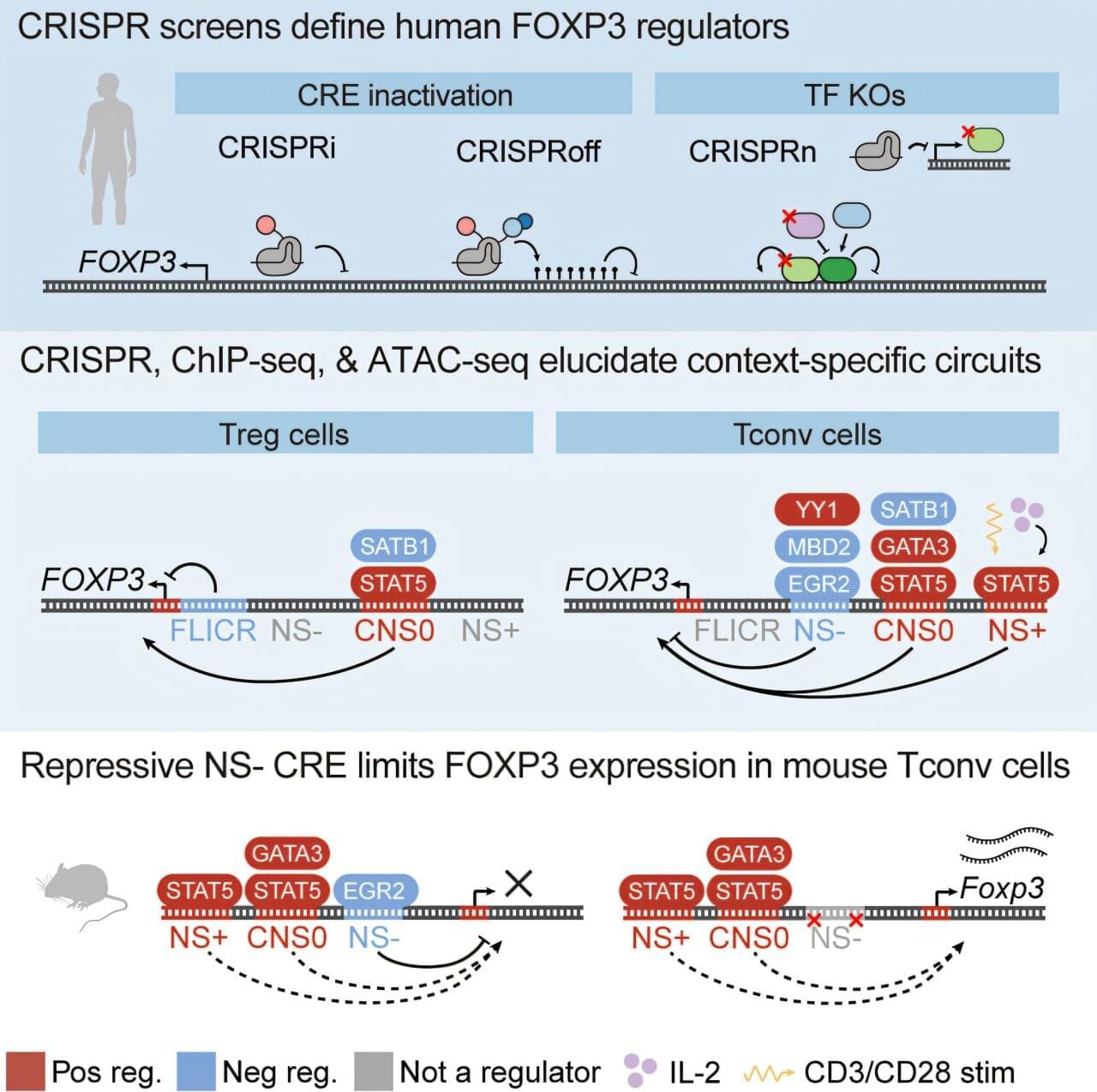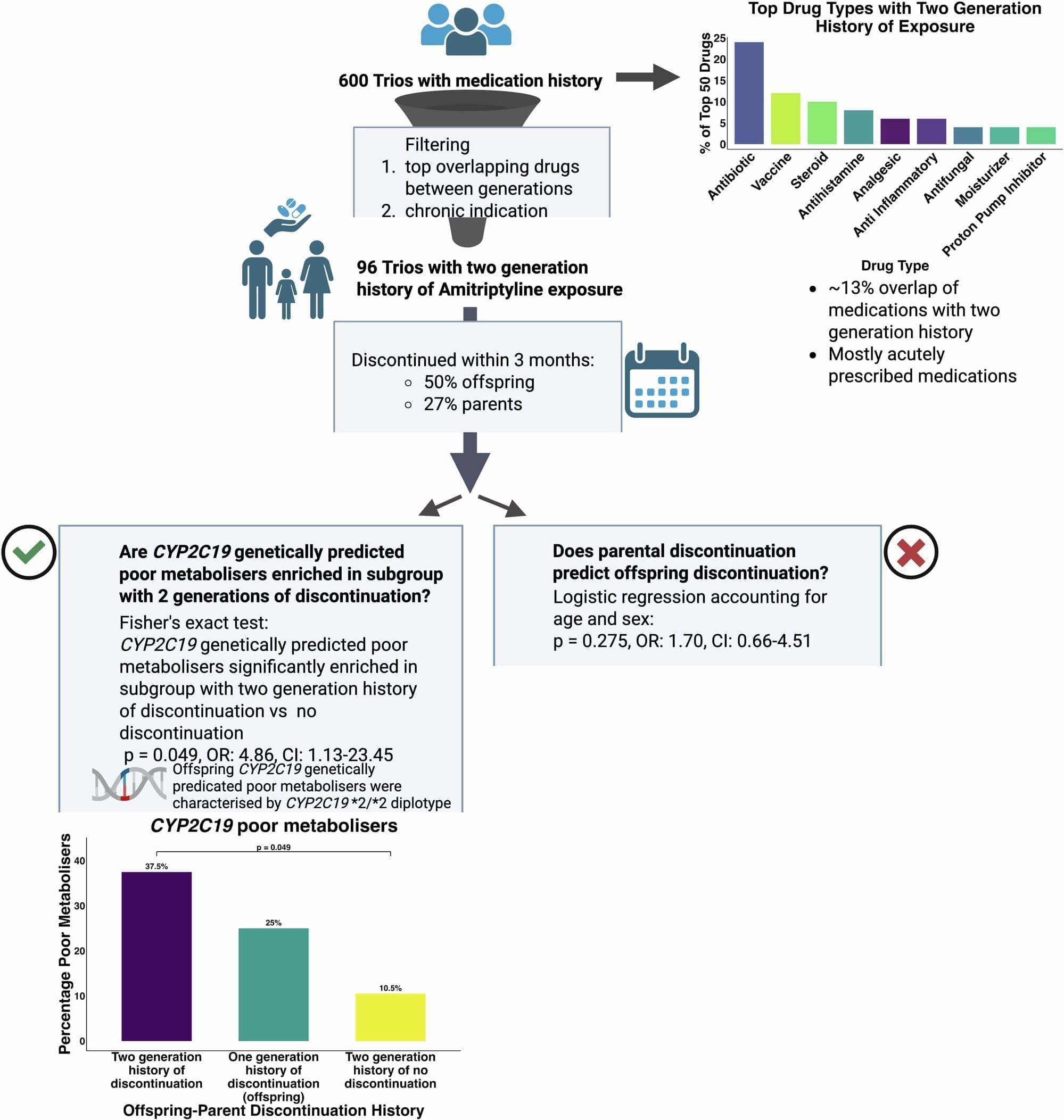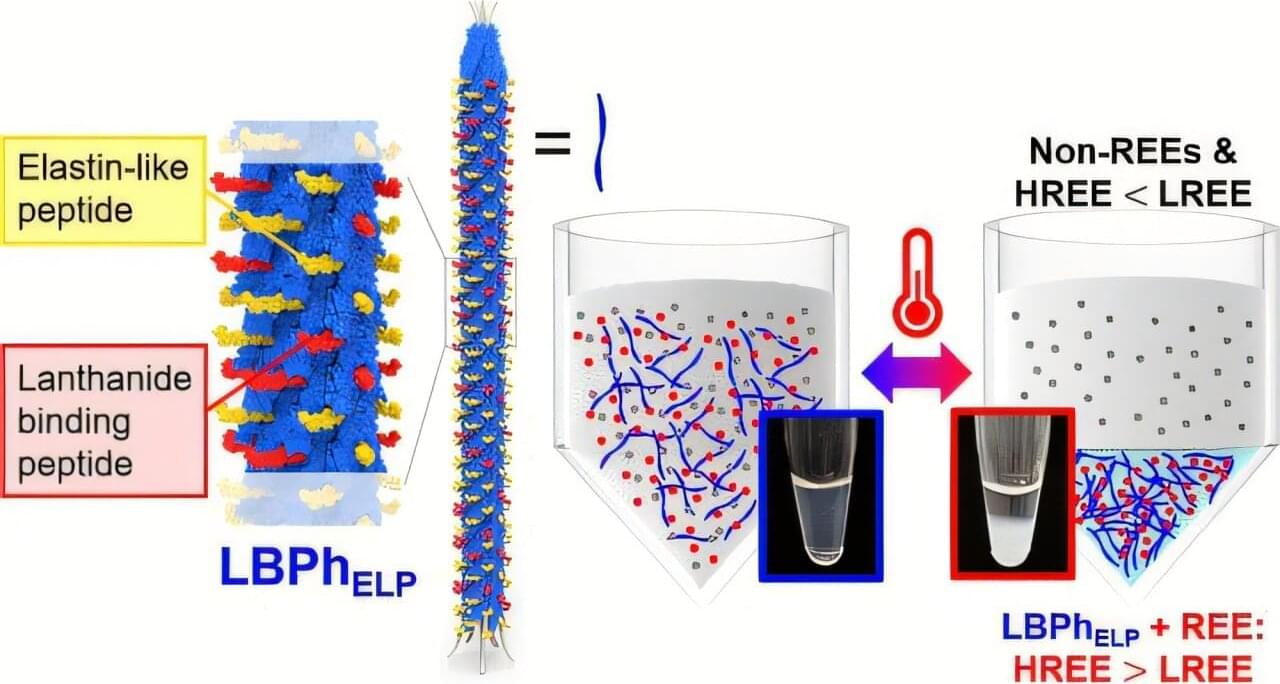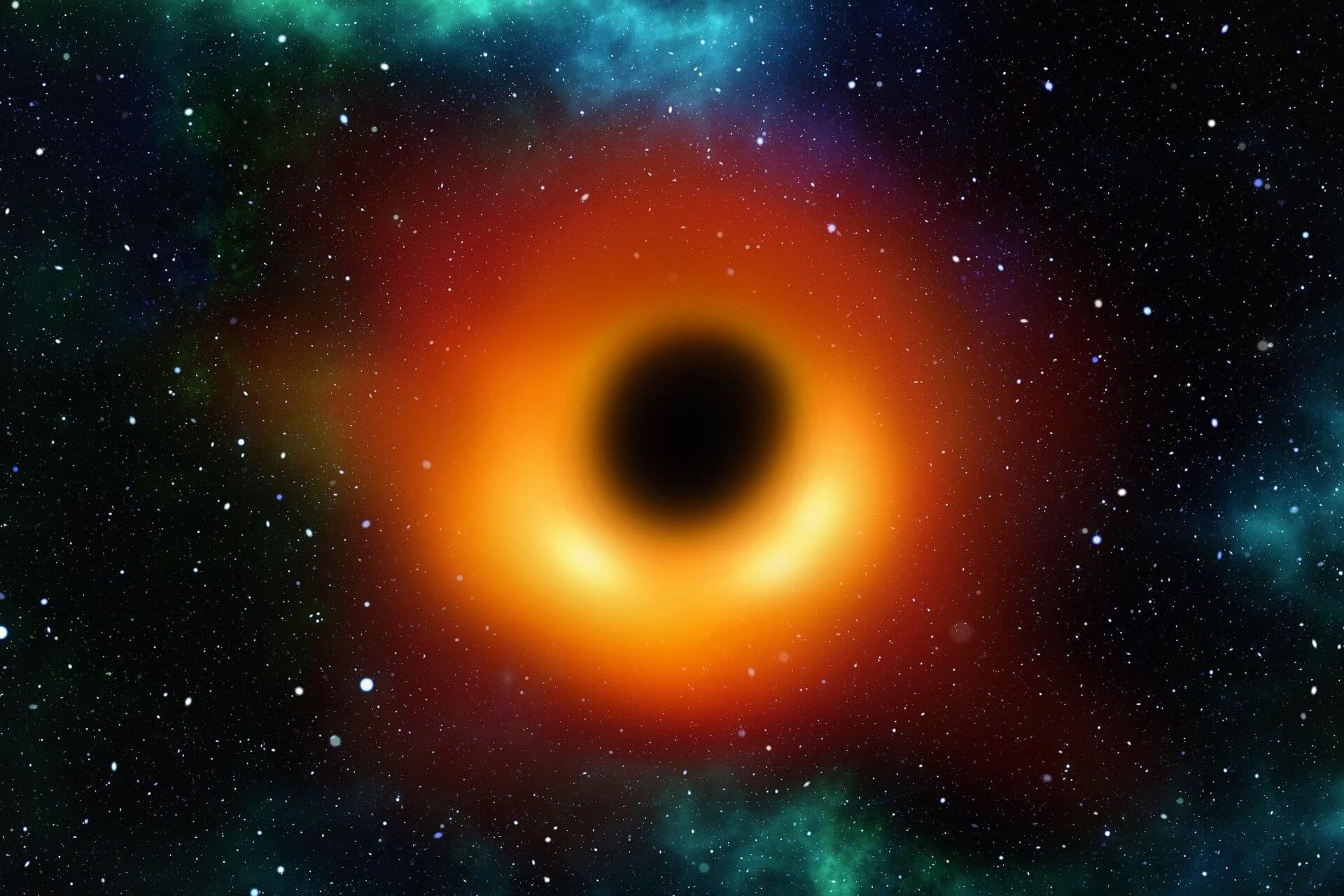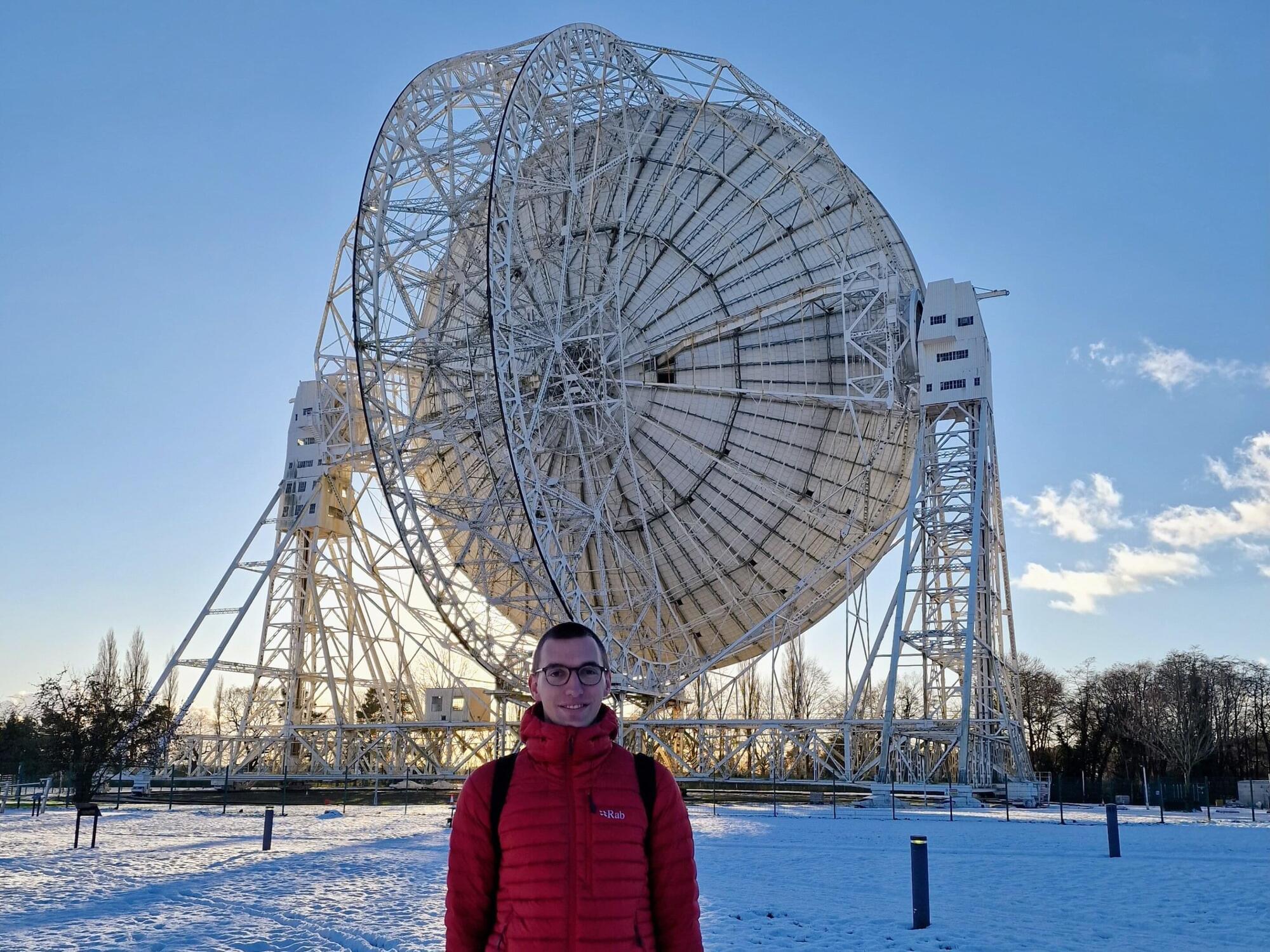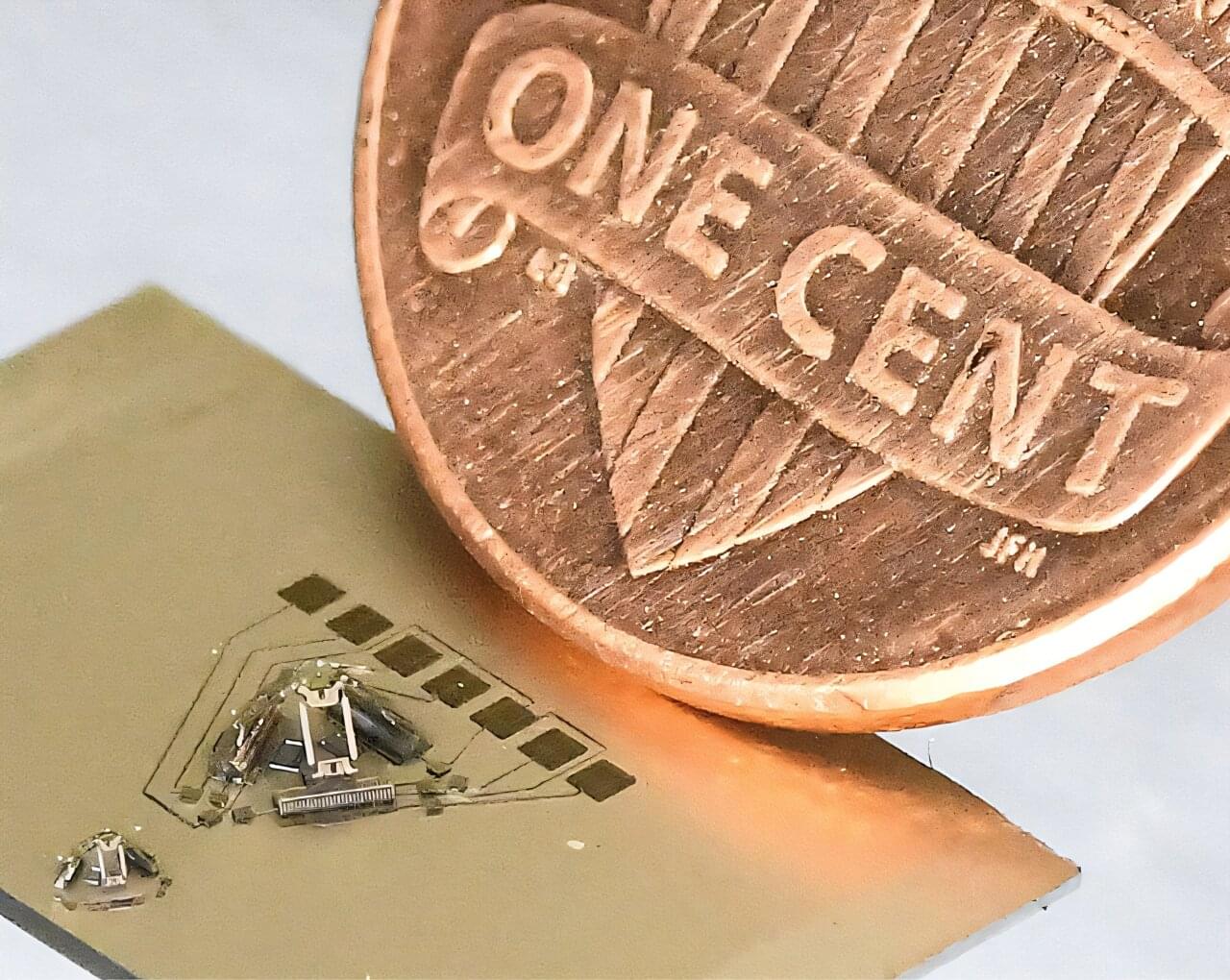The immune system faces a delicate balancing act: It must be aggressive enough to fight infections and cancer, yet restrained enough to avoid attacking the body’s own tissues.
More than two decades ago, researchers identified a gene called FOXP3 as playing a critical role in maintaining this balance and preventing autoimmune disease—work that garnered this year’s Nobel Prize in Physiology or Medicine.
Now, scientists at Gladstone Institutes and UC San Francisco (UCSF) have mapped the intricate network of genetic switches that immune cells use to fine-tune levels of FOXP3. Their findings, published in Immunity, have important implications for developing immune therapies and address a long-standing mystery about why this gene behaves differently in humans than in mice.
